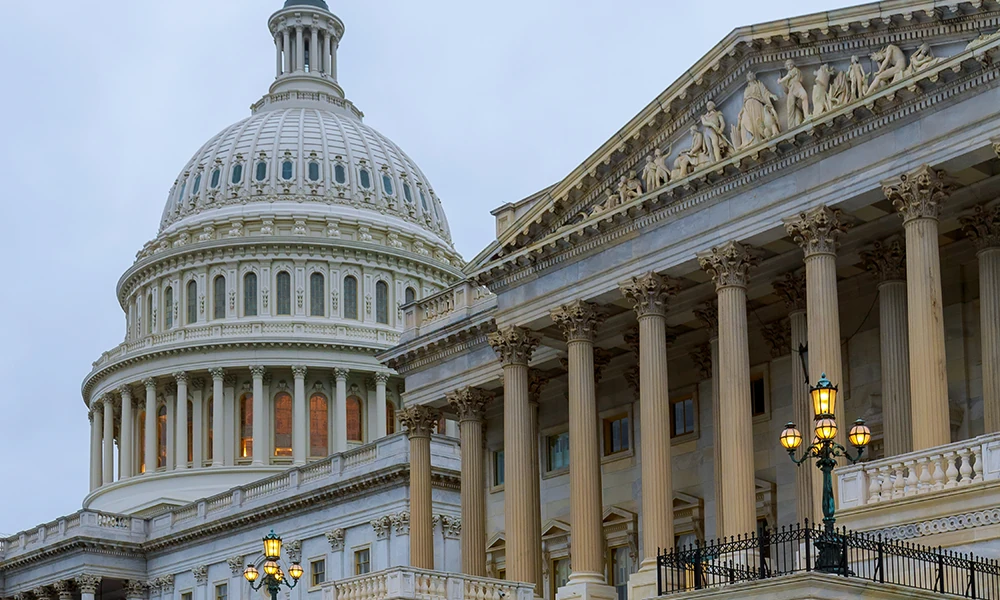Print this Policy Paper >>
Background
As with all qualified employee benefit plans, ESOPs are governed by the Employee Retirement Income Security Act of 1974 (“ERISA”). Congress designed ERISA to allow ESOPs to buy employer stock using funds borrowed from the ESOP’s sponsoring company itself so long as the ESOP pays no more than “adequate consideration.” Virtually all ESOPs are established via this legal standard, known as the “Adequate Consideration Exemption.”
When ERISA was passed in 1974, Congress directed the DOL to issue regulations outlining more specifically how companies and ESOP trustees could satisfy the Adequate Consideration Exemption. As the Department itself has long recognized, such a regulation is crucial to eliminate confusion surrounding the vaguely written standard in ERISA and to protect ESOPs and their participants from potential abuse. To issue a regulation, the Department would need to engage with interested stakeholders in a notice-and-comment rule-making process under the Administrative Procedure Act (“APA”). Since 1974, the Department of Labor has steadfastly refused to fulfill requirements of ERISA in violation of Congressional direction and instead has been circumventing the APA improperly thru “regulation by litigation.” Adequate consideration is critical to the formation of an ESOP, as it sets the parameters for determining a fair market valuation of the company, ensuring that the employee owners do not overpay to purchase the business from the seller. Defining adequate consideration would create acceptable standards and procedures to establish good faith, fair market values for shares of a business to be acquired by an ESOP. Because there is no actual regulation that clearly articulates what constitutes adequate consideration, ESOPs have experienced costly and time-consuming investigations based on shifting rules by the DOL. Today, more than 6,247 companies are fully or partially owned by more than 10 million employees through an ESOP. However, because ESOPs are stuck in a regulatory no-man’s land, countless thousands of businesses have turned away from an ESOP due to the DOL’s failure to provide clear regulation and guidance as Congress directed. Instead, DOL has pursued a strategy of “regulation by litigation”, undertaking thousands of investigations and legal actions against ESOP trustees and founders.
The result of the Department’s unchecked, ex post facto approach to regulation has been devastating. It has sown confusion, emboldened and expanded an opportunistic class action plaintiffs’ bar, driven up insurance costs, and pushed insurers out of the market. The Department’s policies have discouraged companies from establishing new ESOPs, driven others to dissolve, and prevented innumerable American workers from building wealth through equity as Congress intended.
In a recent example of an abusive action, DOL investigated Bowers + Kubota Consulting, an architectural and engineering firm based in Hawaii, alleging the employees (the ESOP) overpaid when purchasing the business from the owners. Bowers + Kubota’s founders refused to cave to DOL pressure, and after seven years prevailed on every argument advanced by DOL in federal court. In fact, the judge resoundingly struck down each of the government’s arguments and ruled that Bowers + Kubota “did not violate any provision of ERISA with respect to the sale of the Company to the Company’s ESOP.” The company is now suing the DOL for its costs and legal fees. The case is still pending. Sadly, there are few companies that have the perseverance and resources to take a DOL investigation to trial given the pressure and unlimited resources of the DOL.
Action Items
Goal
Employers, ESOP fiduciaries, and, most importantly, current, and future ESOP participants, need the Department to regulate as Congress directed nearly 50 years ago. The DOL needs to do this transparently, prospectively, and with stakeholder input—so that American workers can reap the rewards that ESOPs provide. Failure to issue a rule will continue the chilling effect on ESOP formation at a time when our government is trying to promote retirement security and address the massive wealth and income gap plaguing our economy.
Strategy
The ESOP Association will use all means available to compel the DOL to issue proper, formal regulations that provides clarity and certainty for ESOPs defining adequate consideration. This strategy includes:
- Exercising rights under the Administrative Procedure Act (APA) to compel the DOL to undertake a long-delayed rulemaking essential to the formation and ongoing operation of ESOPs. Since 1974, the Department of Labor has steadfastly refused to fulfill requirements of the Employee Retirement Income Security Act (ERISA) in violation of Congressional direction and stakeholders’ rights under the APA. The APA was enacted to specifically prevent government agencies from these practices. Accordingly, in September 2022, the ESOP Association formally registered an APA petition with U.S. Labor Secretary Marty Walsh. The Secretary is now compelled to provide a formal, written response to the petitioner. Should the DOL respond that it will not enter a formal notice and comment rulemaking process, the petitioner will have standing to bring suit and the courts may force the DOL to fulfill its responsibilities.
- The ESOP Association through the selective filing of amicus briefs, should seek legal victories on key matters. For example, the recovery of defendant’s legal fees and costs from the DOL (such as with Bowers+Kubota case) or in arbitration matters will, if successful, make the DOL less likely to bring nuisance cases to trial and decrease the threat of litigation.
- The SECURE 2.0 Act of 2022, included in the Consolidated Appropriations Act, 2023 (P.L. 117-328), includes a specific directive for the DOL to issue formal guidance on this matter. However, given the Department’s history, that effort will need to be prioritized to ensure that it happens. To that end, TEA will use available advocacy efforts – congressional hearings, directives, and letters of support; industry support; and legal means – to force the DOL to take congressionally mandated action.







